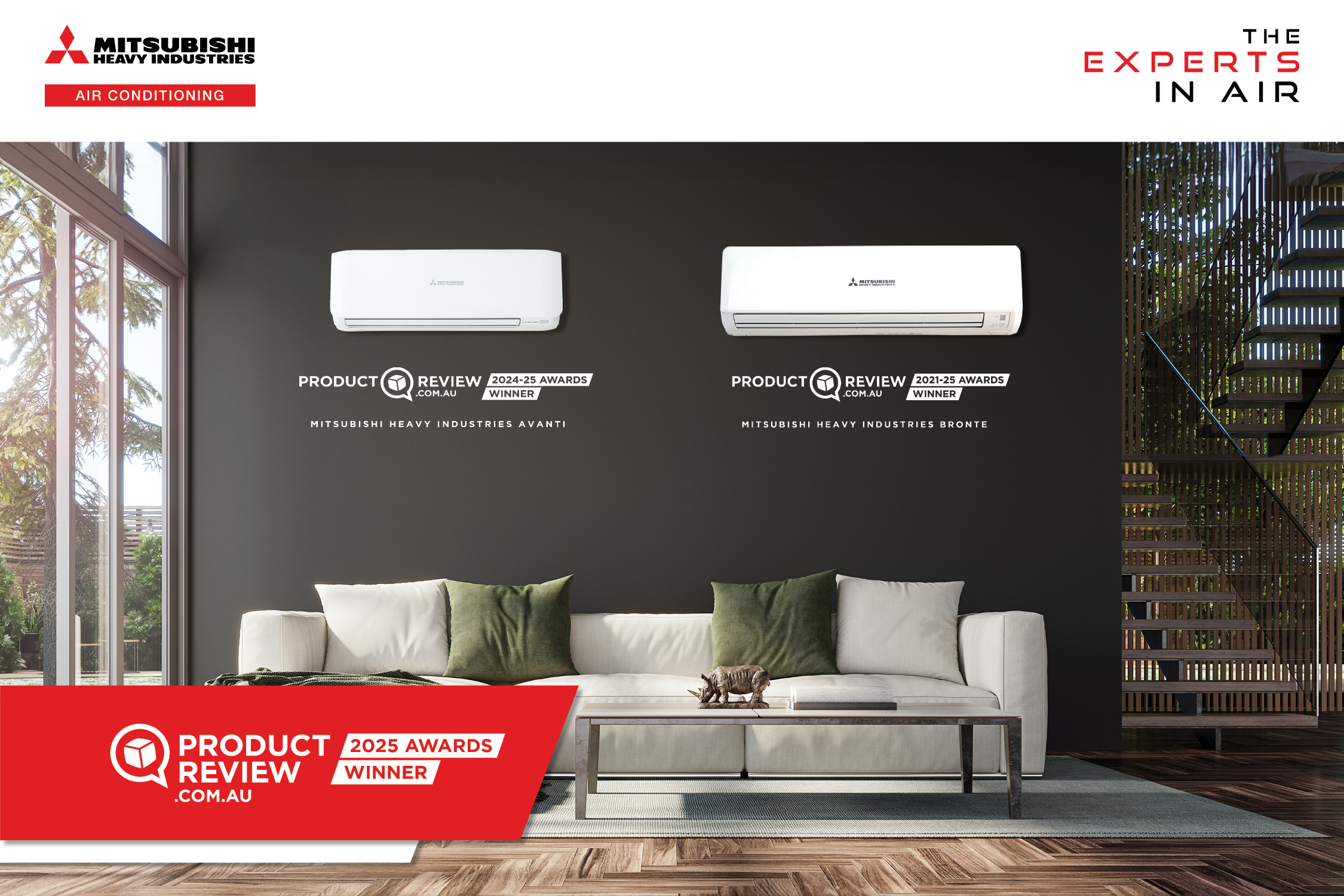As reported last month, the Australian government is changing energy efficiency regulations for air conditioners up to 65kW in capacity. A draft version of the new “determination” (the instrument that regulates energy efficiency) is now available, and more details of the changes have been confirmed.
The first major change is the introduction of a more sophisticated and accurate Seasonal Energy Efficiency Ratio Standard (SEER).
Unlike the current rating system – which tests only at 35°C for cooling and 7°C for heating – SEER assesses efficiency across a range of temperatures, and then weights this against a climate file for a given location. The tests are done at both full and part loads, and are extrapolated into a curve of performance.
The SEER test method is already used or under consideration in all countries that export air conditioners to Australia and New Zealand. This includes the US, China, the EU, Japan, South Korea, Taiwan, Thailand, India, Vietnam, Philippines, Singapore, Malaysia and Indonesia.
The adoption of the SEER standard will be supported by the replacement of the existing energy rating label with a Zoned Energy Rating Label (shown above). This shows the device’s energy efficiency and forecast energy consumption across three climate zones: hot, average and cold. It also includes information such as noise, sizing information and estimated annual energy use.
According to Daikin Australia engineering manager Gary Knox, F.AIRAH, the introduction of the Zoned Energy Rating Label is the key change in the new determination.
“It should encourage manufacturers to develop high-efficiency products for each zone location,” says Knox. “New products are likely to be optimised for hot, average and cold locations.”
Despite the apparent popularity – and widespread understanding – of the current star rating label among consumers, Knox says the change is a step forward.
“The current star rating system has not kept pace with technology changes and does not provide sufficient information about operation costs,” he says. “The Zoned Energy Rating Label should assist consumers to purchase air conditioners best suited to their location. This will help them to lower energy bills and lower greenhouse emissions.”
Since it first committed to examine the change in 2013, the E3 Committee has conducted extensive consultation with consumers to develop the Zoned Energy Rating Label. Results from quantitative and qualitative testing have been used to finalise the label.
It is proposed that the SEER rating and Zoned Energy Rating Label would be mandatory from April 1, 2020. New Zealand will adopt the same changes into its regulations, thereby aligning Australian and New Zealand Minimum Energy Performance Standards (MEPS).
Stakeholders are encouraged to provide any comments they may have on the proposed changes.
The closing date for written submissions is 5pm on February 4. Contact [email protected] (Australia) or [email protected] (New Zealand).



Leave a Reply